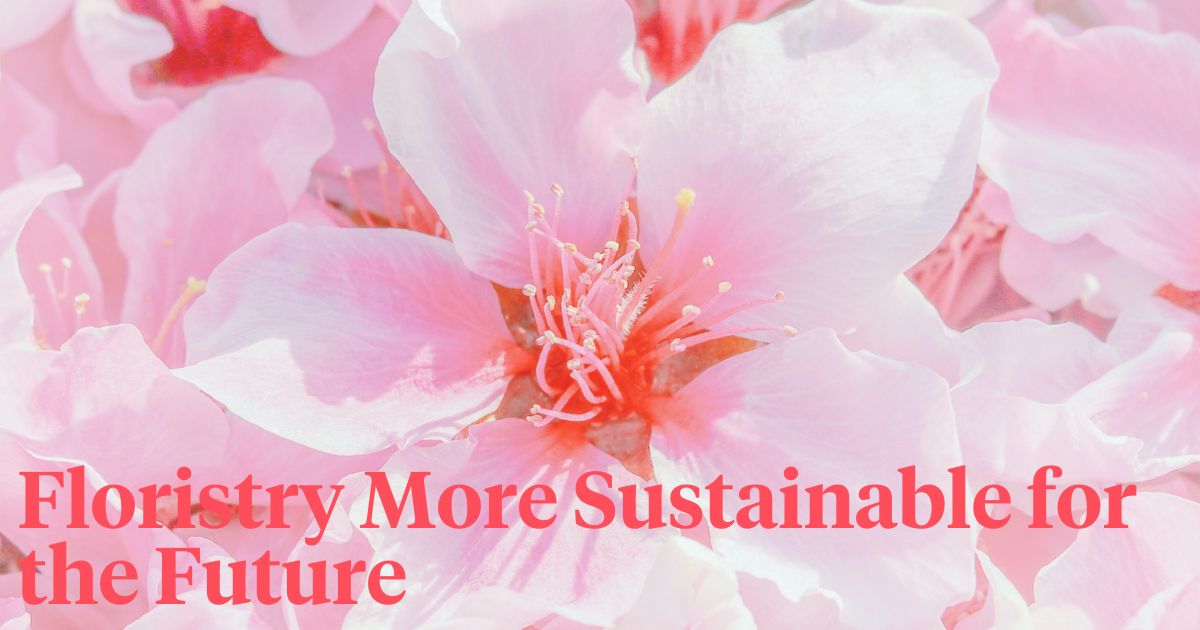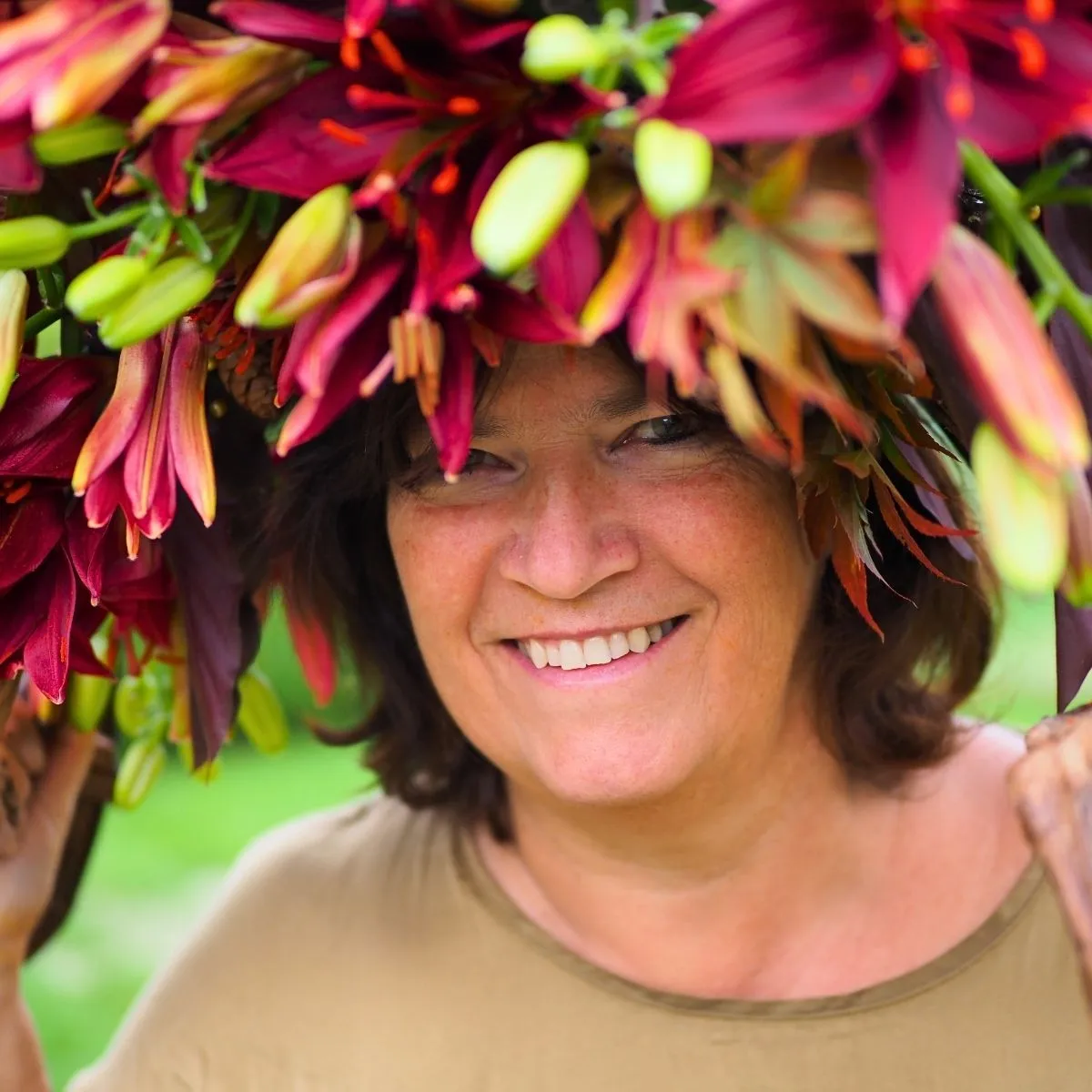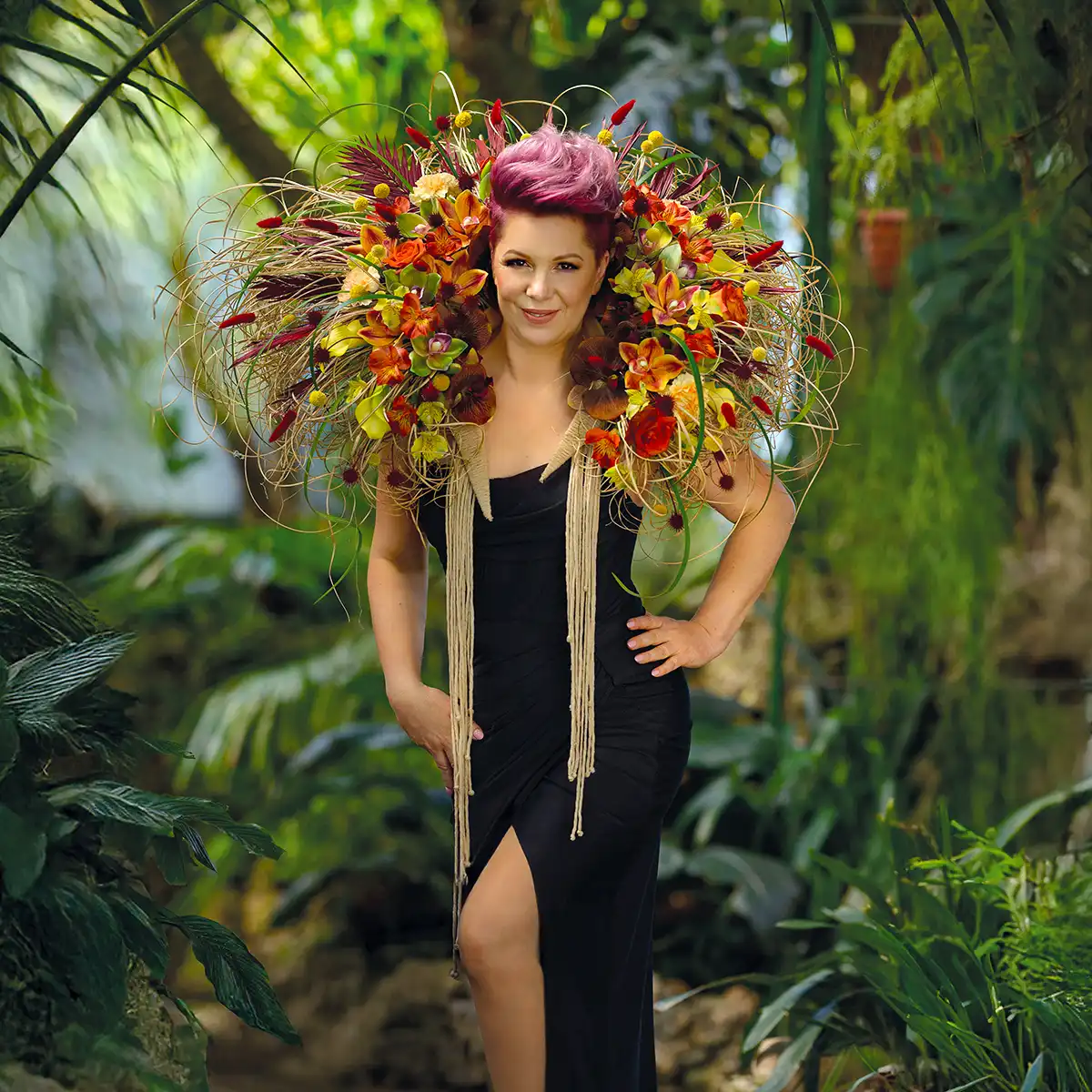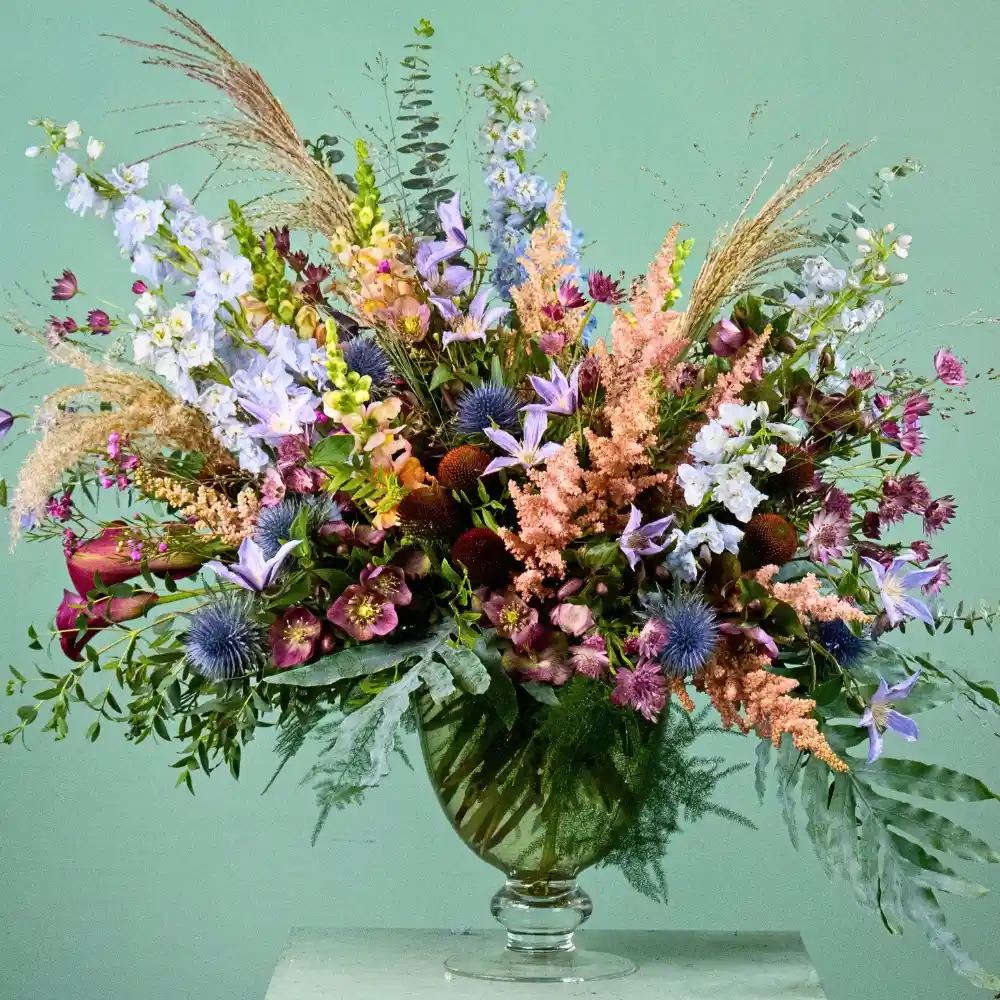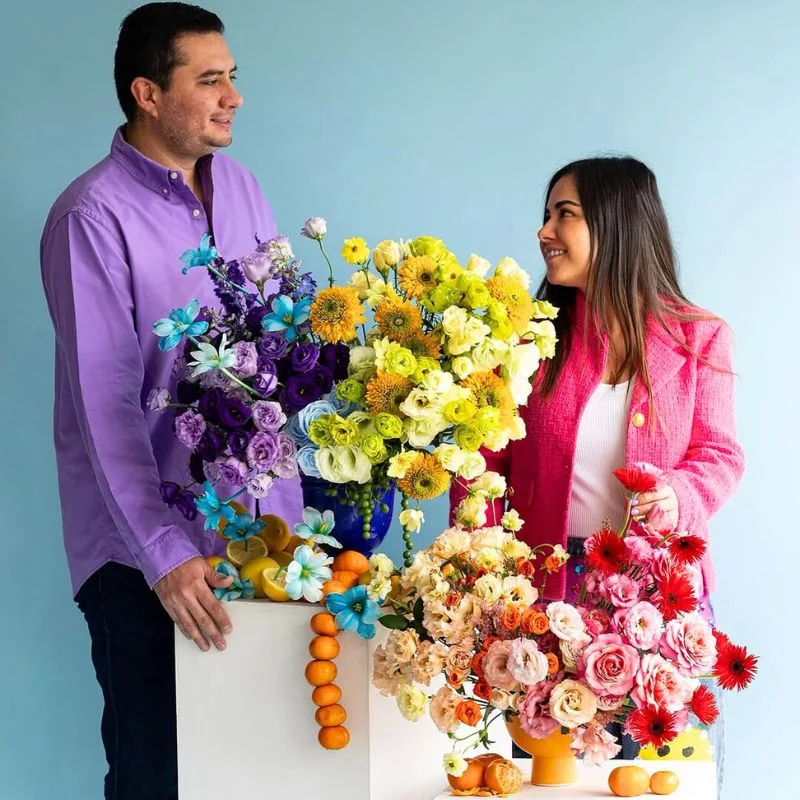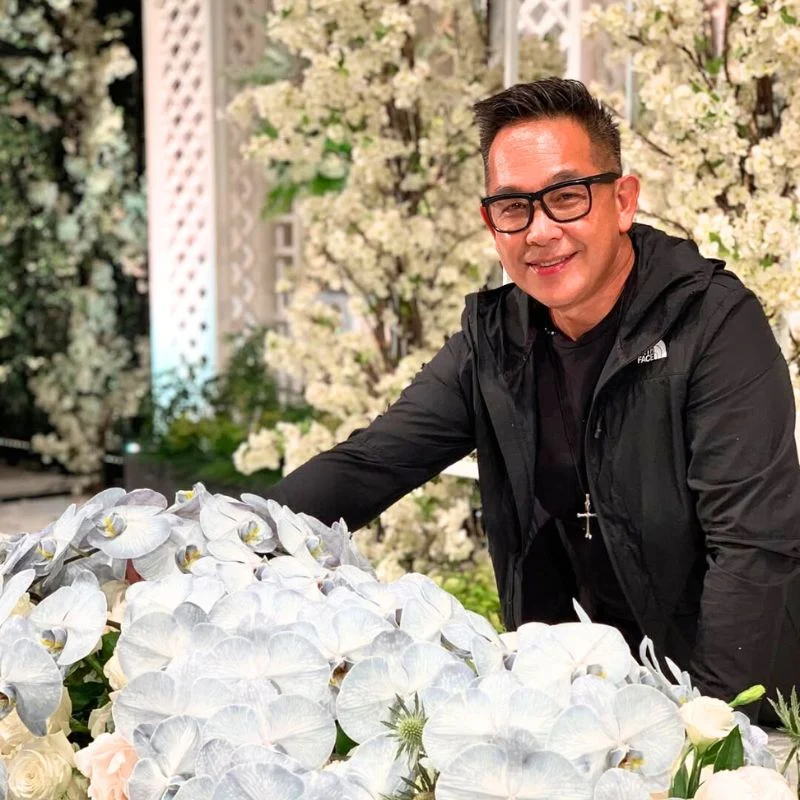It might come as a surprise that floristry isn’t naturally sustainable, since it is literally about using what is found in nature. But, it isn’t all about the flowers and greenery when it comes to creating beautiful bouquets. And, that is where many florists fall down on their negative environmental impact.
Plastic packaging, imported hothouse flowers, chemical preservers – all of these contribute to an increased carbon footprint and mean that floristry is nowhere near as sustainable as people might think. But, there are ways to improve on this if you know what to do and where to look.
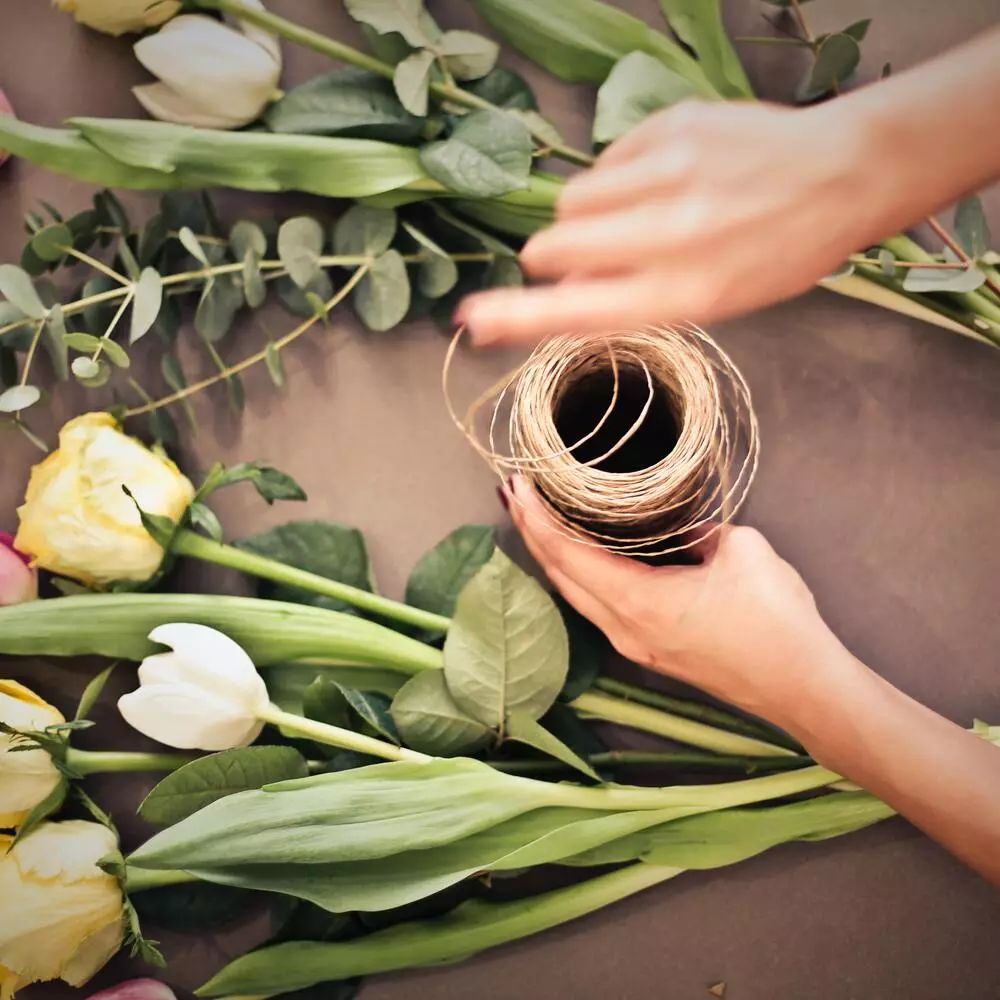
Environmentally-Friendly Packaging
One of the first things that can, and should, be easily rectified, is what a florist uses to package up their flowers, whether it be using raffia string to tie a bouquet, or recyclable cardboard packaging to transport flowers to the customer for delivery.
There are so many more alternatives nowadays than there have ever been before, so finding something suitable that works for the florist and their business shouldn’t actually be too difficult, but could make a world of difference. Compostable tissue paper can be used to wrap the flowers, while still keep them looking nice. Biodegradable foam is another option for flower displays, such as funeral wreaths.
Many florists may also supplement their flowers with items such as balloons. Using 100% biodegradable latex Qualatex balloons as a floristry staple, already cuts down on potential waste.
Waste Processing
Standard recycling bins may not be enough in a process such as floristry, with its many mixed media causing a headache as to what can be put in which bins.
Opting for a commercial waste service that will do a specific study of the waste you produce, offer advice, and can make an integrated services plan that suits that specific business is an effective way of making sure your waste is processed effectively.
They will make sure that waste collection is flexible to suit the needs of the business, and will be able to take away green and biodegradable waste as well as items which can be recycled, and will do everything for the client. Country Style Recycling states that “All recyclables are processed to recover commodities as raw material substitutes with the remaining unrecyclable waste recovered through RDF”. Leaving it to the experts takes the pressure off the business and ensures everything is disposed of as sustainably as possible.
Reduce Chemical Use
Pesticides are a bugbear to sustainability in floristry. Often flowers will need chemical treatment if they are being imported from other countries to ensure that they are fumigated to get rid of any potential insects or diseases that could have a detrimental effect on the country they are going to.
Some countries also do something known as a devitalisation procedure, which involves using chemicals to kill off the plant tissue, meaning that they are unable to be grown from offcuts in another country.
Wherever possible, choose flowers that are grown in the country you are selling them, to reduce the need for this chemical use. This will also reduce the potentially toxic effects of breathing in the chemicals when creating your floral displays.
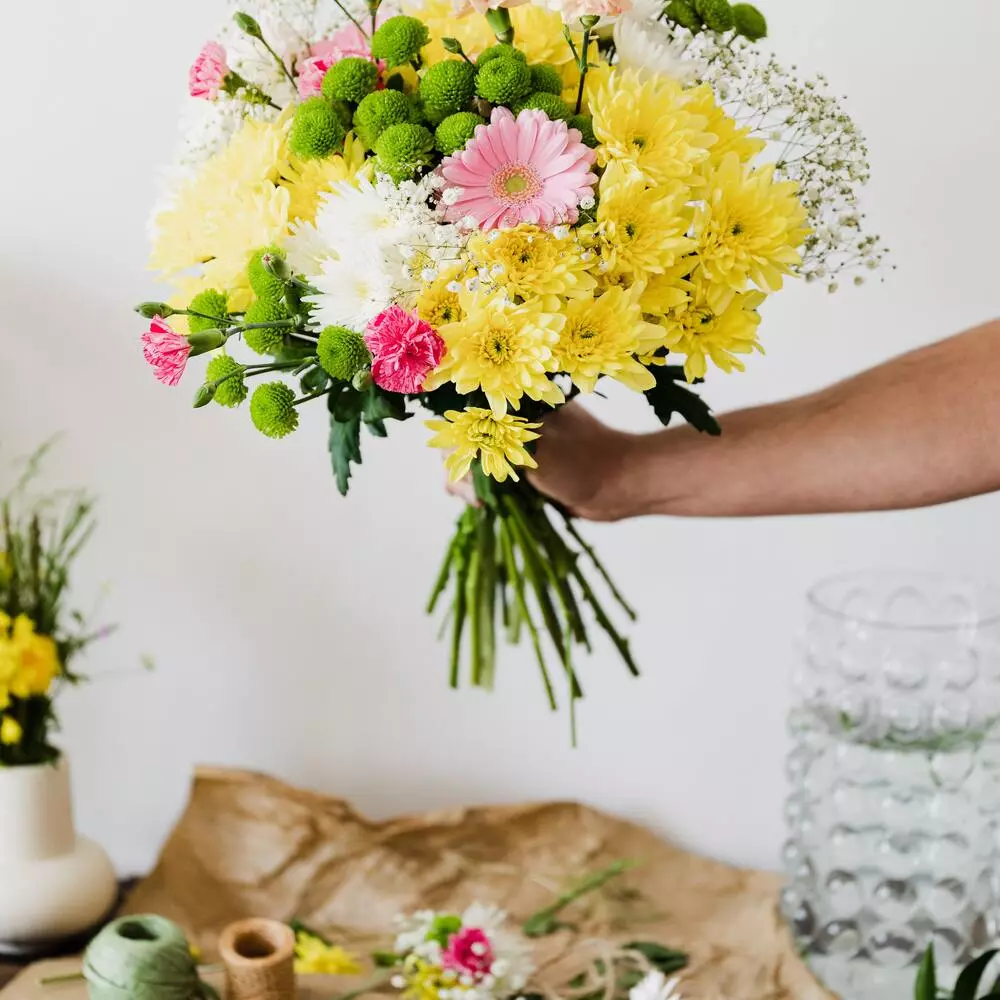
Promote Seasonal Produce
The customer may always be right, but sometimes they can be persuaded to think differently.
The best way to try to get people to buy into having seasonal flowers, rather than importing in expensive varieties at an inflated cost and an increased carbon footprint, is to offer discounts on selected flowers at selected times of the year. Customers will think they are getting a bargain, but what they are actually doing is reducing the florist’s costs and time and effort, and making their choice of bouquet much more sustainable.
For brides, they may have their heart set on a certain type of flower that doesn’t actually bloom in their country at the time of the wedding. Suggesting similar alternatives that will keep costs down all round, and help to protect the environment, may be enough to encourage them to choose those instead.
Educate Customers
It is not enough just to provide eco-friendly packaging and flowers if the customers then take them home and use non-sustainable methods of display and aftercare.
By educating customers of environmental practices with the likes of care cards in with their flowers, blogs on the website, social media posts and product descriptions, a florist can have more control over how their flowers are kept and disposed of after they leave the shop.
Put Pressure On Wholesalers
Likewise, encouraging wholesalers to buy into the sustainability methods of floristry is a must. Cold refrigeration storage and transport massively increases the carbon footprint, but is necessary for the fragility of most cut flowers. Minimising the time they spend being refrigerated will also minimise the negative effects on the planet.
Knowing the origins of the flowers they are buying, and whether they are certified Fairtrade or similar, is another handy tool for florists. Not only can they be assured that they are getting something sustainable, but they can also promote themselves as being eco-florists and better for the environment than some of their competitors. This is increasingly popular among celebrities and millennials and is likely to continue.
Floristry Training
For even more knowledge on how to make floristry sustainable, there are now continued professional development courses offered to those in the industry. These look at the problems faced by florists and what can be done to change ways of thinking and methods of delivery to ensure it isn’t a dying profession.
Final Thoughts
Transitioning to sustainable floristry is not an overnight fix. But there are several small ways that can put florists on the right track as they develop strategies as to how to go forward into a more sustainable future.
By making these changes steadily and putting a plan of action into place, talking to flower producers, wholesalers, waste services and potential customers about what can be done by them to create a more sustainable and eco-friendly supply chain, the floristry industry can gradually move in the right direction to ensure it will be long-lasting and reduce environmental damage.

